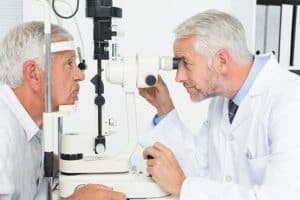Vision Loss: What Are Your Options?
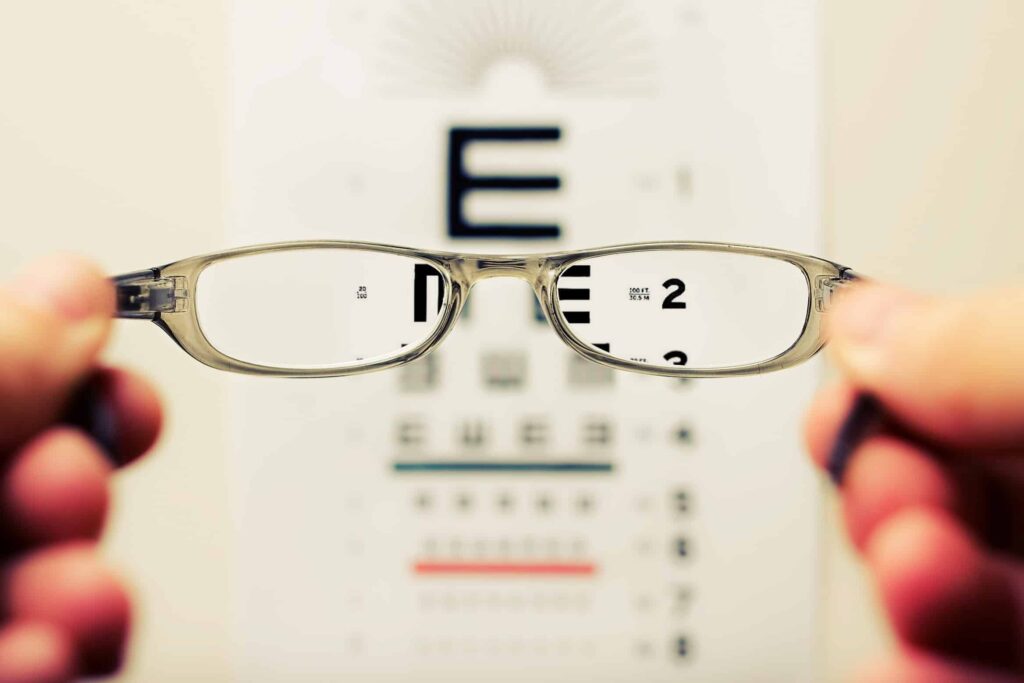
26.9 million United States adults have vision problems of varying degrees. Vision problems can include anything from myopia to cataracts. The difference in severity means variance in treatment options. If you are experiencing eye strain, headaches, blurred vision, or other vision-related concerns contact a trusted eye care professional immediately. The quicker you address the problem the better the likelihood of successful treatment.
Vision Loss Symptoms
People can experience near vision impairment or distance vision impairment. With roughly one billion people currently facing a preventable or unaddressed eye condition, it’s important to recognize and act on any of the common symptoms.
The most common symptoms include:
Blurry Vision
Changing Prescription
Eye Pain
Increased Sensitivity
Pain Around Eye
Heavy Discharge
Swollen Eyes
Changed Appearance
If you experience any of these symptoms of vision loss, contact your ophthalmologist for treatment.
Causes of Vision Loss
One in three American adults over 65 years old face some form of vision impairment. Macular degeneration is the leading cause of vision loss in this age demographic. Here are the major causes of vision loss, symptoms to watch out for, and potential treatments.
Macular Degeneration
Macular degeneration is the deterioration of the retina. It can be characterized as either ‘dry’ or ‘wet’ macular degeneration. There are three stages which break down into early, intermediate, and late-stage macular degeneration.
Signs of macular degeneration include:
- Change in color perception
- Dark, blurry patches in center vision
- Straight lines appear distorted
- Sensitivity to glare
At the beginning stage of macular degeneration, there will be no sign of the disease detectable without an expert eye exam. This means regular eye exams can help you catch the disease early and take proper actions to delay the progression of the disease.
Treatment for Macular Degeneration: No Known Cures
There are currently no known cures for macular degeneration. Those suffering from macular degeneration can benefit from lifestyle shifts in diet, UV ray protection, and avoiding smoking.
Cataracts
Cataracts occur when the normally clear lens of the eye becomes cloudy. It can make seemingly simple day-to-day activities, like reading, difficult. Although cataracts are the leading cause of blindness worldwide, a diagnosis of cataracts isn’t a sentence to poor vision. There are plenty of treatment options to meet the needs of a variety of patients.
Signs of cataracts include:
- Cloudy or dim vision
- Double vision in a single eye
- Sensitivity to light
- Difficulty seeing at night
- Frequent changes in prescription
Treatment for Cataracts: CataLaze Cataract Surgery
CataLaze places a lens in your eyes using a laser. This helps to break down the cataract more quickly and due to the blade-less technology, you’ll have a faster recovery.
You can also treat cataracts with LACs and Phaco.
Glaucoma
Glaucoma develops from damage to the optic nerve. It is linked to high eye pressure or IOP. While there are currently no complete cures for glaucoma, there are a number of treatment options an ophthalmologist can administer.
Symptoms of glaucoma include:
- Blurred and tunnel vision
- Severe eye pain
- Seeing halos
- Blurry peripheral vision
- Blind spots
- Reddening eyes
Treatment for Glaucoma: iStent
The iStent glaucoma treatment places what is essentially a small tube that allows for fluids to more easily pass. This will help to lower the IOP in the eye.
The iStent is so small you won’t notice its presence in your eye and will be less dependent on eye drops and glasses.
Keratoconus
Keratoconus causes the cornea to shift into a cone-shape. While the disease is permanent and requires consistent management, there are a number of options for treatment.
Symptoms of keratoconus include:
- Poor vision
- Distorted vision
- Sensitivity to light
- Blurry vision
- Irritated eyes
- Changing prescription
Treatment for Keratoconus: Intacs Corneal Implants
Intacs corneal implants are a thin insert placed between corneal tissue which reshapes the cornea curvature. This helps manage the symptoms of keratoconus, improves vision, and cannot be felt in your eyes. Plus, if your prescription changes the Intacs can be changed to adjust to the new prescription.
Other treatments for keratoconus include corneal transplant surgery, and corneal cross-linking.
Myopia, Hyperopia & Astigmatism
Myopia, hyperopia, and astigmatism are all refraction-related conditions. Myopia is nearsightedness, hyperopia is farsightedness, and astigmatism occurs when the cornea is misshapen.
Symptoms of myopia, hyperopia, and astigmatism:
- Distorted vision
- Irritated eyes
- Poor night vision
- Headaches related to eye strain
- Squinting and straining eyes to see
Treatment for Myopia, Hyperopia, and Astigmatism: LASIK
LASIK laser vision correction can correct nearsightedness, farsightedness, and astigmatism-related vision problems. It is a quick and effective surgery with lasting results. This procedure results in very little pain and no stitches are required.
Take Back Control of Your Sight with a Consultation
With proper preventative care and careful monitoring of changes to your eyesight, you can catch problems before they start. Don’t wait to take back control of your sight. Schedule your consultation with an ophthalmologist today.


 Blurry Vision
Blurry Vision Changing Prescription
Changing Prescription Eye Pain
Eye Pain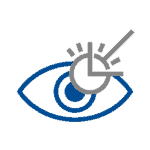 Increased Sensitivity
Increased Sensitivity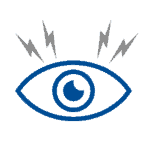 Pain Around Eye
Pain Around Eye Heavy Discharge
Heavy Discharge Swollen Eyes
Swollen Eyes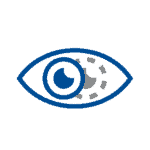 Changed Appearance
Changed Appearance

